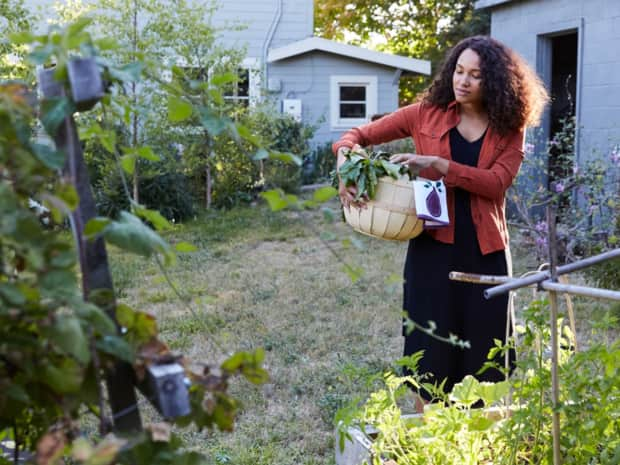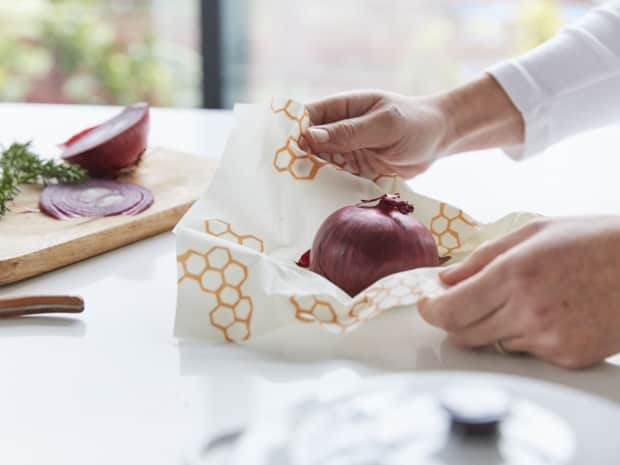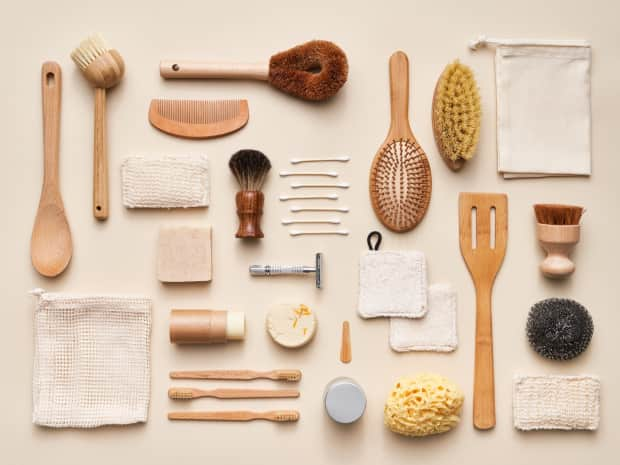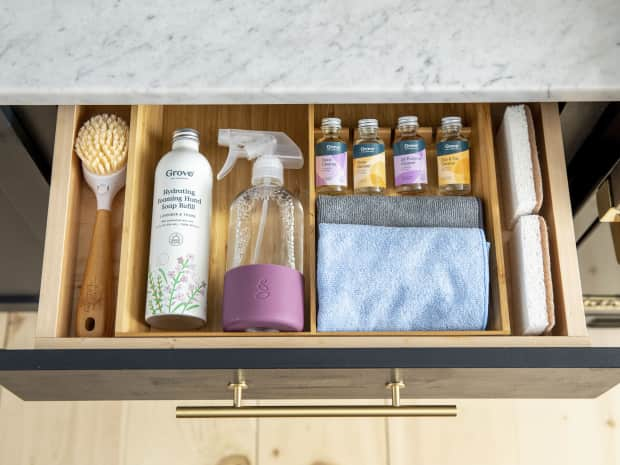
Step 1: Pick a spot for your compost pile
Choose a spot in your backyard to make your compost pile. If you live in an apartment building or condo, your neighbors might have a community compost pile you can use. If you put the compost pile in a sunny location, it’ll break down faster, but a shady spot will work, too.
Of course, you also have the option of storing food scraps to donate to others. Some municipalities will offer to pick up food scraps from your house, or you can donate directly to local farmers.









